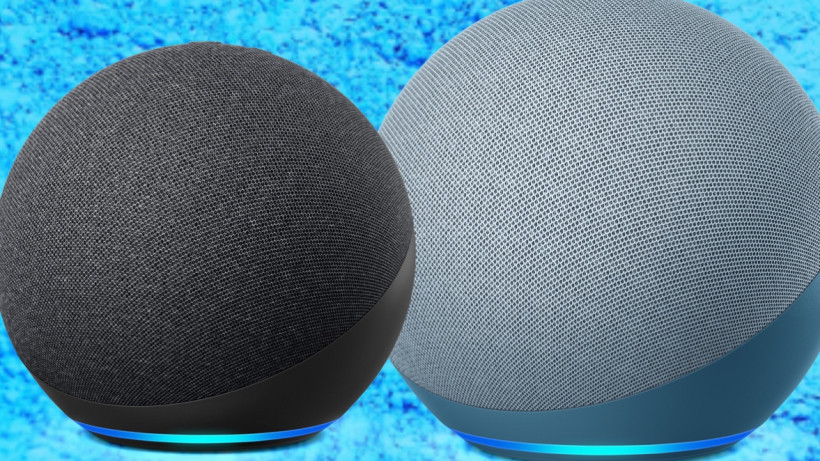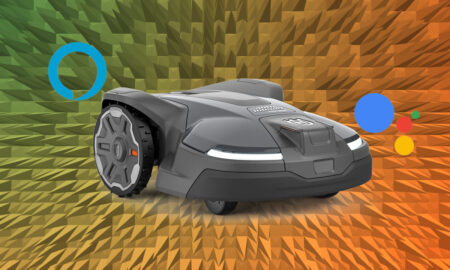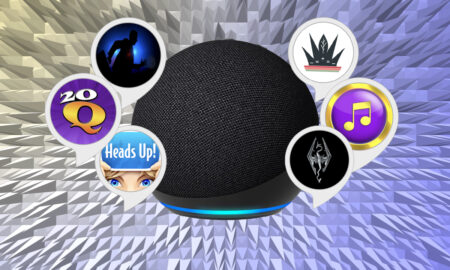What is the best Amazon Echo for your setup?
Choosing between the standard Amazon Echo and Amazon Echo Dot can be a difficult decision – and perhaps one of the first you’ll make when establishing your smart home.
While both speaker lines were given an overhaul back in 2020, only the Echo Dot has been given a fifth-generation update since then. It means the regular-sized, fourth-gen Amazon Echo is still the latest model to consider.
And there are very few differences between these Amazon speaker siblings – they both look the same and act the same, with roughly the same feature sets being powered by Alexa here.
The differences that do exist – the price, size and sound quality – are pretty important ones, however, which means you’re in the right place if you’re looking for a full comparison of the two.
Below, we’ll break down the Amazon Echo 4 and Echo Dot 5’s design specs, features and more to help you land on the right Amazon speaker for your needs and budget.
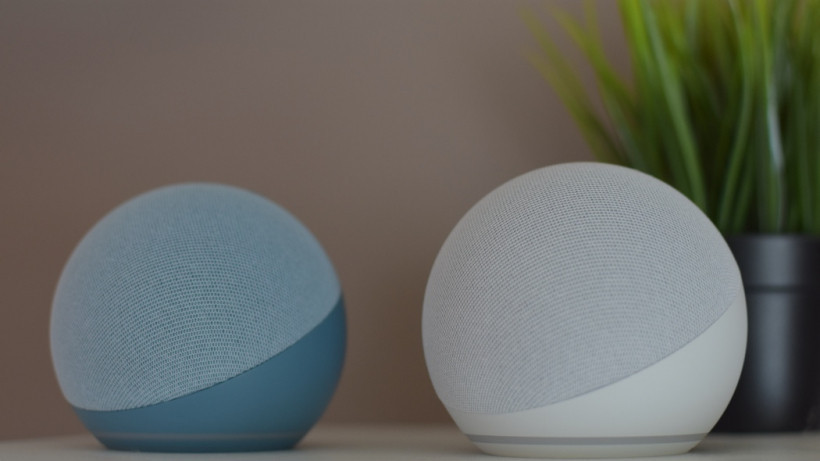
Amazon Echo 4 vs. Echo Dot 5: Design
Since the 2020 refresh, both speakers’ form factor is now completely round – with the tall, squared look of previous generations out the window. Overall, the fourth-generation model doesn’t look as in-your-face as its predecessors, and that’s definitely a good thing.
While the Echo 4th-gen is rounder, it’s still a sizable smart speaker, measuring 144 x 133mm. It’s kind of comparable to a honeydew melon.
When it did overhaul the design, Amazon did choose to stick with the fabric outer layer also present on the second- and third-gen Echo speakers. However, it’s decided to remove the plastic top, and there’s now a semi-circular base on the speaker’s back.
The round, fabric-covered form factor of the Echo definitely makes it more modern. It’ll look great in any living room, bedroom, or home office, and is available in three color choices: Glacier White, Charcoal, and Twilight Blue.
When you look at the front of the device, all you see is the fabric covering and an LED ring that sits at the bottom of the device. This used to be located at the top of the speaker and displays the same colors as before: blue when Alexa is listening to a question or command, red when you’ve muted the speaker, a white light that incrementally completes the LED ring when you turn the volume up or down, and more.
On the top of the speaker, you’ll see four physical buttons. They consist of volume up, volume down, action, and mute buttons. The power cable also looks different. It’s now white, while the actual plug is thinner and a bit longer.
The 2022 edition of the Echo Dot retains that same design language. Like the fourth-gen model, the newer fifth-gen continues to sport a circular form factor. And while the Echo Dot is the spitting image of its bigger sibling, it’s a lot smaller, measuring in at 100 x 89mm.
Other similarities include four physical buttons at the top of the speaker, a fabric covering, a plastic semi-circular bottom, an identical power port, and a 3.5mm audio jack. The buttons all do the same things, too – increasing and decreasing volume, actioning, and muting.
As with the Echo 4, the 5th-generation Dot’s LED ring is also now located at the bottom. The LED ring on the new Echo Dot doesn’t look as imposing as older models – and is useful if you decide to put the speaker on a table next to your bed, which is where the Echo Dot with Clock edition really shines.
Wherever you place the Echo Dot, though, it works. We love the versatility and the modern look.
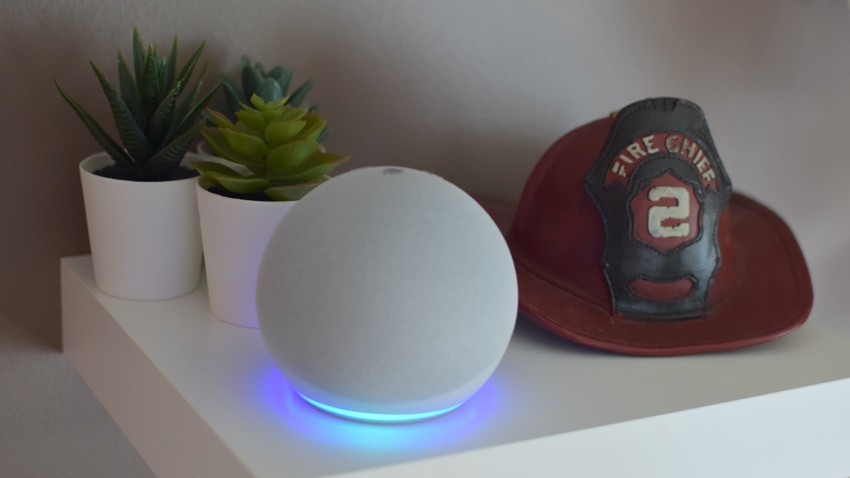
Echo 4 vs. Echo Dot 5: Features
As you can expect with any Echo smart speaker, the main feature is Amazon’s voice assistant: Alexa. And it runs superbly (and very similarly) on both the fourth-generation Echo’s AZ1 Neural Edge processor and the newer AZ2 present in the fifth-gen Echo Dot.
When debuting the Echo refresh in 2020, Amazon describes its new processor tech as “an all-new silicon module that’s purpose-built for accelerating machine learning applications.” What does that mean in simple terms? Well, Alexa is a lot more capable.
Because the processor enables Alexa to perform commands locally, you’ll experience faster responses to your questions and demands. In fact, if you ask Alexa to set a timer, update your calendar, play music, and much more, you’ll receive an answer several milliseconds faster. Especially on the Echo Dot, we’ve found.
Amazon’s processor not only makes Alexa faster, but also provides new features such as Natural Turn Taking, Kids Mode, Care Hub, Guard Plus, and lots more. Alexa can also better understand the user and establish routines to learn more complicated tasks.
The Echo speakers also boast loads of smart home abilities. They can now be used as a bridge for the Sidewalk network, making it quicker and cheaper to use a range of connected devices (such as Ring lighting products) because you don’t need to purchase and set up an individual bridge.
Only the fourth-generation Echo 4 can also take the role of a Zigbee bridge, however. And if you were to use it as a Zigbee smart home hub, you’ll be able to connect devices like smart light bulbs, door locks, connected plugs, motion and contact sensors, and many other products.
On this, though, we should also note that both are able to be used as Matter controllers for the new smart home standard, which you can read about in our full Matter guide. Neither doubles up as a Thread border router, mind.
There’s a built-in temperature sensor now on the Echo Dot, joining the Echo, which enables you to create a much more fluid climate control Alexa routine. Other new features include improved sound (we’ll talk about this shortly), mesh networking skills for Eero systems, and an improved LED display in the Clock model.
The touch controls are also better than its bigger sibling, and you can pause music by tapping the speaker on its crown.
If you put the Echo Dot on your bedside table and set an alarm to wake you up in the morning, you can even snooze it just by tapping it. So you won’t need to shout at Alexa every day at 7am.
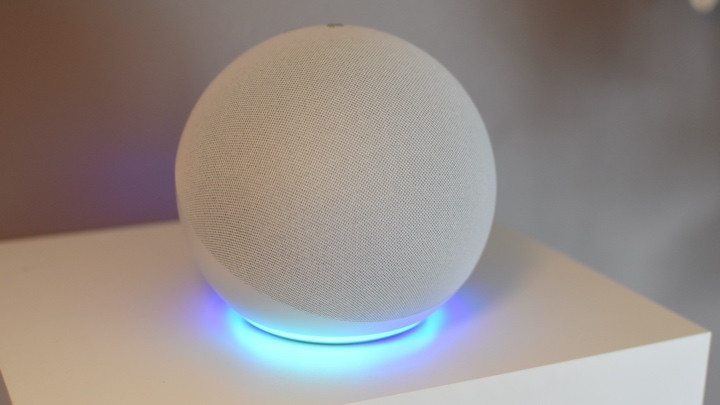
Echo 4 vs. Echo Dot 5: Sound quality
So, how do the Echo and Echo Dot perform in terms of sound quality?
The Echo sounds brilliant considering its modest pricing, thanks to a 3-inch woofer and two 0.8-inch tweeters. It provides impressive stereo sound for a standalone speaker, and Dolby processing amplifies the audio performance even further.


